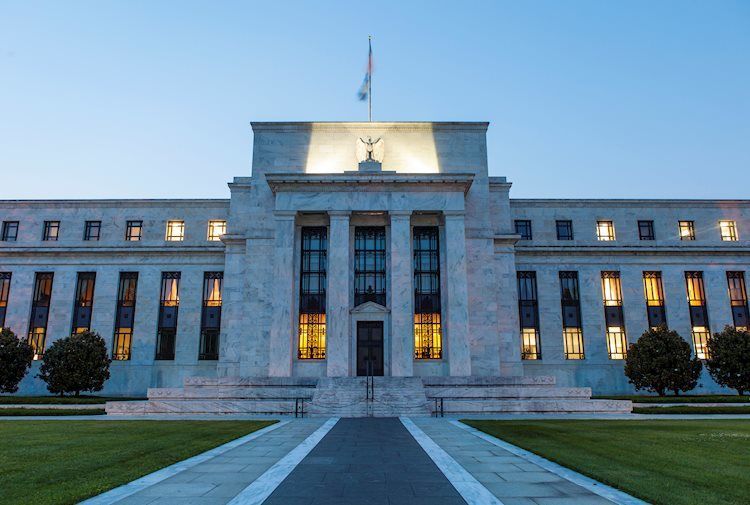In a rare appearance, Federal Reserve (Fed) Bank of Kansas President Jeffrey Schmid spoke out about potential pitfalls on the path towards lower interest rates. He criticized market participants who are overly optimistic about a return to near-zero interest rates, which was a common occurrence following the global financial crisis in the mid to late 2000s. Schmid emphasized the importance of not letting enthusiasm over rising productivity get ahead of data or the commitment to reaching the Fed’s goals.
One of the key highlights of Schmid’s speech was his hope that productivity growth can outpace the effects of slowing population growth and rising fiscal deficits. He also mentioned that the Fed’s rate cuts so far are an acknowledgment of their growing confidence that inflation is on a path to reach the 2% goal. However, Schmid also noted that it remains to be seen how much further the Fed will cut rates and where they may eventually settle. This uncertainty highlights the need for caution and careful consideration in future decisions regarding interest rates.
Schmid’s comments highlight a shift in sentiment towards interest rates, suggesting that the baseline of interest-rate costs may be higher than previously thought. This change in perspective could have significant implications for the economy and financial markets moving forward. Market participants will need to adjust their expectations and strategies accordingly in order to navigate this new landscape effectively.
Overall, Schmid’s speech serves as a warning to those hoping for a quick return to near-zero interest rates. He stresses the importance of staying grounded in data and maintaining a commitment to the Fed’s goals, rather than getting caught up in misplaced enthusiasm. By acknowledging the uncertainties surrounding future rate cuts and the potential implications for inflation and productivity growth, Schmid provides valuable insights for policymakers and investors alike.
As the head of the Kansas Fed, Schmid’s perspective carries weight and his comments are likely to be closely monitored by market participants and policymakers. His cautious approach to interest rates and emphasis on data-driven decision-making align with the Fed’s mandate to promote maximum employment and stable prices. Moving forward, it will be important to monitor how the Fed responds to changing economic conditions and market dynamics in order to ensure a balanced and sustainable monetary policy.
In conclusion, Schmid’s speech sheds light on the complexities and challenges of navigating the path towards lower interest rates. By highlighting the importance of productivity growth, inflation targets, and data-driven decision-making, he offers valuable insights for policymakers and investors. As the uncertainty surrounding interest rates continues, it will be crucial for market participants to stay informed and adaptable in order to manage risks and capitalize on opportunities in the evolving economic landscape.











